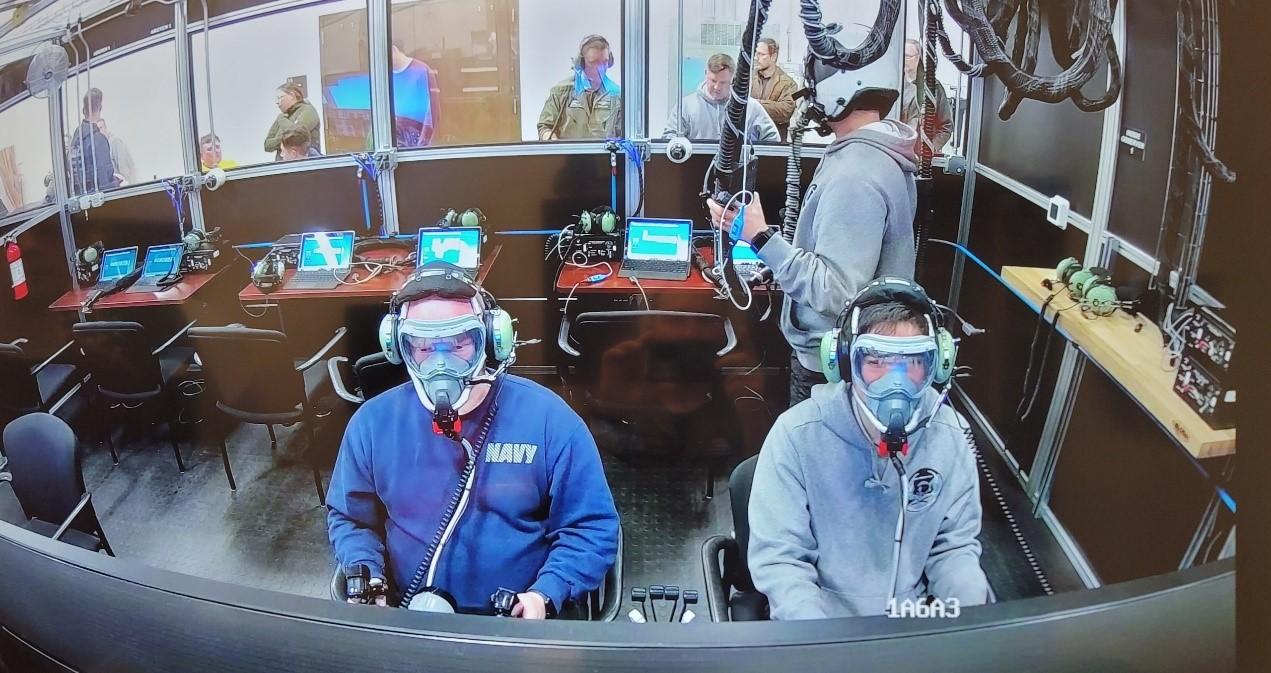
US Naval Aviation Training Systems and Ranges program office (PMA-205) has successfully installed the eighth and last Normobaric Hypoxia Trainer (NHT).
The installation took place this month at the Aviation Survival Training Center (ASTC) in Whidbey Island, Washington.
Since 2021, PMA-205 has installed the eight trainers at eight different locations across the Naval Aviation Enterprise, under its Naval Aviation Survival Training Programme (NASTP).
The NHT provides training to aviation personnel to recognise hypoxia and handle its emergency survival procedures.
Personnel receiving training to experience hypoxia symptoms at pressure equal to that at sea-level and not through use of low pressure.
The trainer features a nitrogen generation system, which eliminates some amount of oxygen present from the ambient air and filters the nitrogen-enriched air.
How well do you really know your competitors?
Access the most comprehensive Company Profiles on the market, powered by GlobalData. Save hours of research. Gain competitive edge.

Thank you!
Your download email will arrive shortly
Not ready to buy yet? Download a free sample
We are confident about the unique quality of our Company Profiles. However, we want you to make the most beneficial decision for your business, so we offer a free sample that you can download by submitting the below form
By GlobalDataThe filtered air is then delivered to the training enclosure, through which the aircrew experiences hypoxia without being exposed to harmful low pressure.
ASTC Whidbey Island director lieutenant commander Miles Erwin said: “The staff of ASTC, Whidbey Island, are excited to deliver dynamic hypoxia training to our aviators and aircrew using the NHT.
“Being able to incorporate specificity of training to our students and accommodating their aircraft platform equipment will increase the fleet relevance and quality of training we’re able to provide.
“The fleet personnel aware of the NHT but who haven’t yet experienced the trainer are eager to experience the updated training and appreciate the advancements to their survival training.”
NHT enables safe and technologically relevant hypoxia experience for the fixed-wing, non-ejection seat aircrew.
All the eight hypoxia trainers have replaced the low-pressure chamber trainers, which had high-risk and long-term health concerns on the aircrew.
PMA-205 NASTP team lead commander Andrew Hayes said: “The chambers put extreme stress on the body and caused some aviators to experience ruptured sinuses, forcing them to be grounded for months.
“Barotrauma, decompression sickness, and ruptured eardrums along with structural integrity issues became the catalyst to decommission our chambers.”
Whidbey Island ASTC staff conduct initial training on the final NHT installed by the PMA-205 team.







